During grade school, instructors introduce kids to the idea of arts and crafts. While teachers might walk students through the occasional macaroni necklace project, most of the time is spent coloring and drawing. Kids are encouraged to connect with their imaginations with markers and crayons. In time, they might become fixed on the notion that this is the only means in which they can create art.
In reality, there’s a multitude of artistic expressions. Whatever creative hobby you’ve picked up throughout the years, it has likely left you entertained and thrilled until you reached the point where you started to wonder if you were any good. It’s a common misconception that in order for art to be valuable that it must be admired by others. The truth is that your art is valid, whether anyone likes it or not.
The truth is that your art is valid, whether anyone likes it or not.
There are many benefits to creative hobbies. Don’t allow feelings of inadequacy to stop you from making art. Perfectionism will only strip you of the joys of art. Once you learn that you’re better off listening to your creative passions, you’ll wonder why you ever stopped creating in the first place.
Here’s why you don’t need to be good at art to create:
Art allows you to express yourself.
The human mind may seem loud at times. It can be hard to turn off your thoughts and emotions. While oftentimes you focus on feelings in the moment, creativity allows you to express yourself on a deeper level.
Consider writers and poets. While crafting a story based in a fantasy world or stringing together lyrical lines, they’re able to discuss deeper, universal ideas and emotions. When you create art, you’re able to find others who think or feel the same, allowing you to build community, Pulitzer prize or not.
Creating art boosts your self-esteem.
In many ways, art promotes self-esteem. Picture a tattoo artist. They use a tattoo machine to create incredible images, symbols and quotes on people. As the artist creates that tattoo, they’re helping their client fulfill a personal dream. The satisfaction afterward encourages the artist’s self-esteem because of the gift they have given to their client.
The same idea applies to any artist. A study in the Journal of Arts & Health found that free art-making improved participants’ self-efficacy by 73 percent, no matter what kind of art they made.
Art calms your senses.
Creativity helps to calm your senses and restore peace. Interior design is a good example of this. The varied color schemes and fabric textures help to balance out a living space and create tranquility. Certain interior design techniques can minimize anxiety and stress, like decorating with specific houseplants such as lavender or jasmine. The passion to design a home brings both the artist and the viewer peace.
Creative hobbies help reduce stress and depression.
Anyone dealing with “adulting,” aka bills, classes or work, knows how easy it is to get lost in a mental survival mode. Art puts that mindset to rest and brings you joy. Whether or not the finished product brings awards, money or attention, you find happiness in the art of creating something.
So scrapbook those wedding photos. Make those origami pandas. Upcycle the treasures you find at consignment shops. Even something like snapping a few pictures every day in different angles and lightings will fulfill a part of you that nothing else can. Creativity connects you to your inner self, ridding you of stress and depression.
The next time you feel yourself shying away from your favorite creative hobby, remember how much positivity it brings to your life. Art is calming and restorative. It also helps you learn about yourself. Instead of judging and comparing your art, learn to cheer yourself on instead. No matter what you create, you’re the only one who can make what comes from your heart.

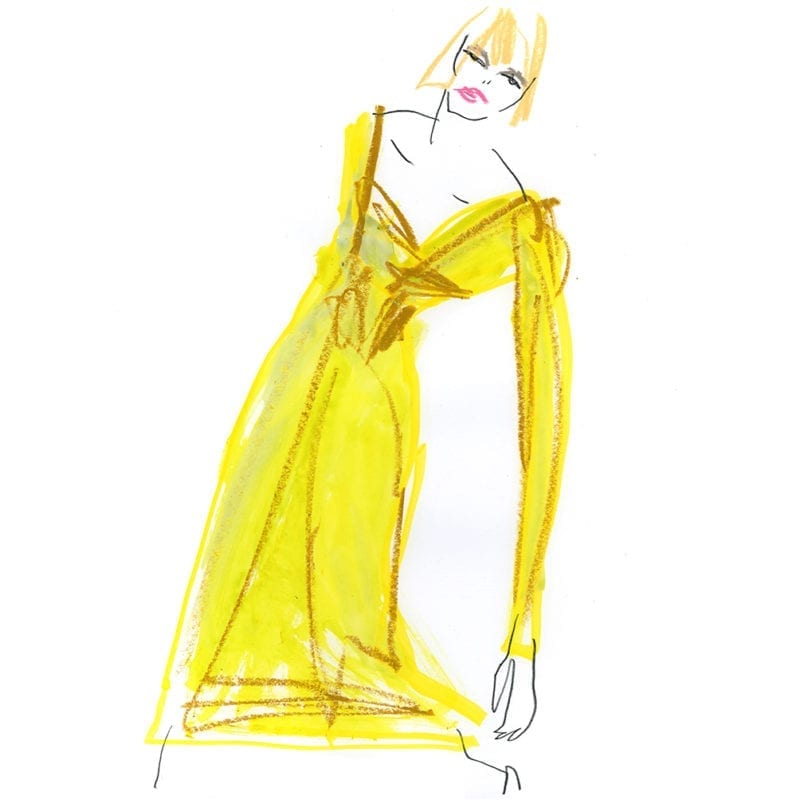
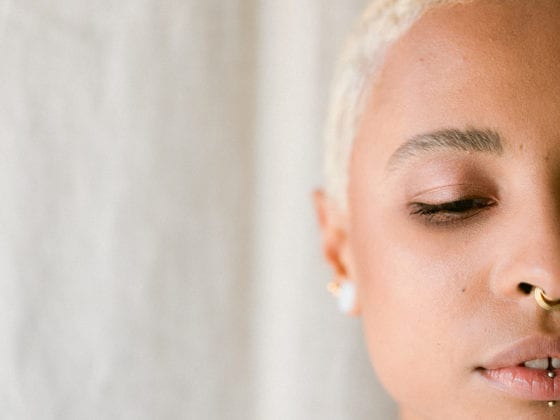
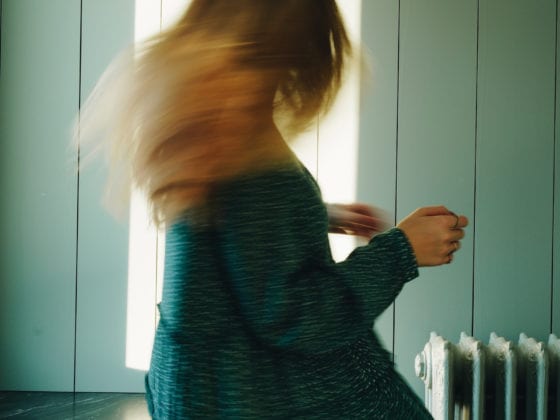



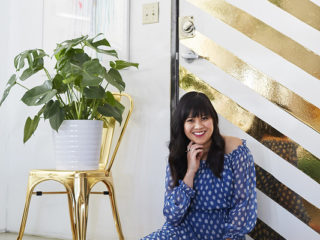
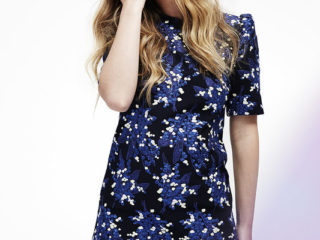

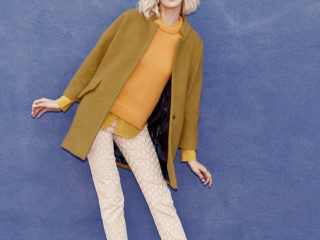

1 comment
So true! I don’t think there’s a standard for being “good” at art anyway… it’s about expressing yourself!
–
Charmaine Ng | Architecture & Lifestyle Blog
https://charmainenyw.com